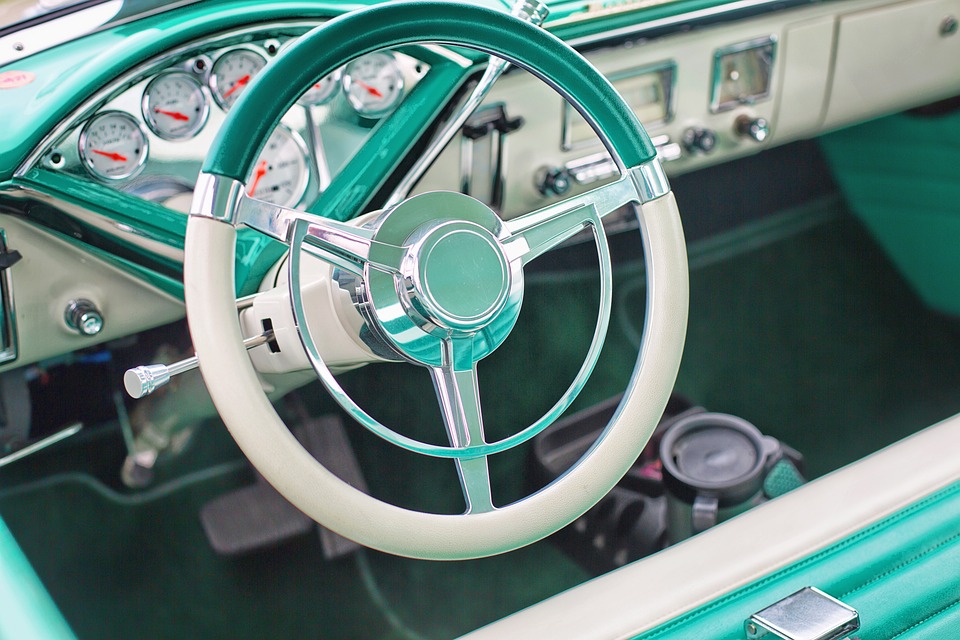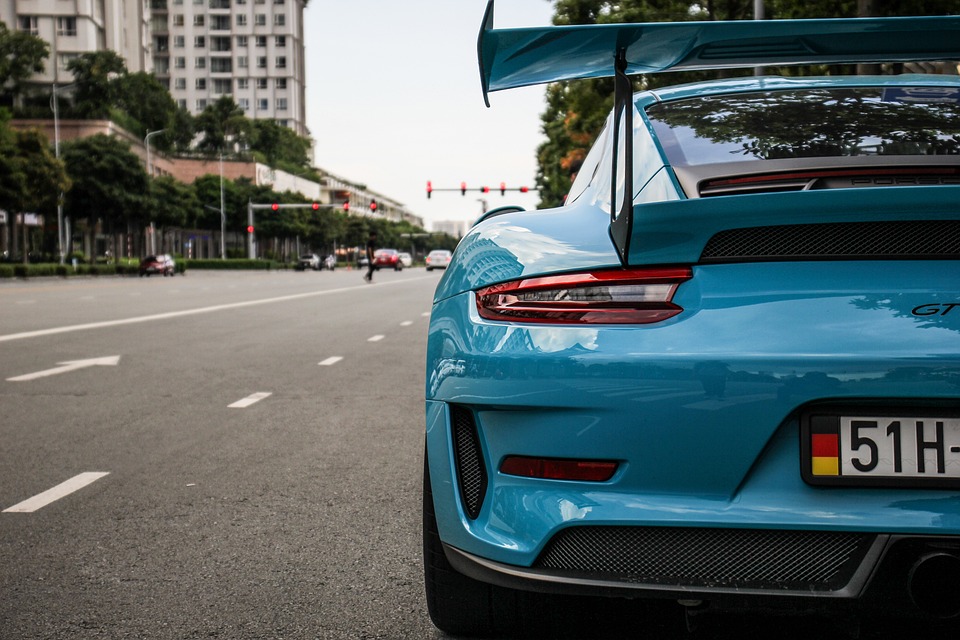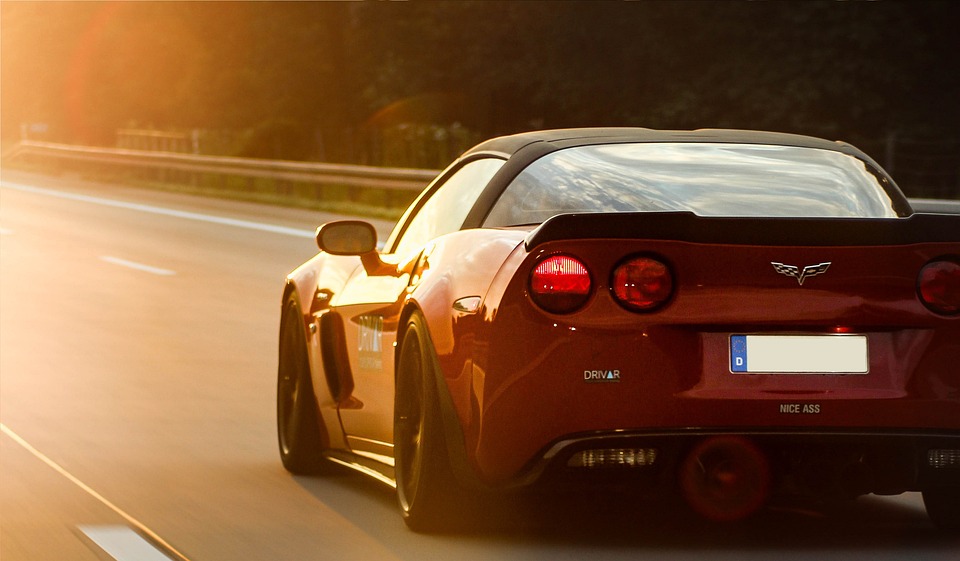When it comes to choosing the perfect truck that blends utility with the comfort of an SUV, the Honda Ridgeline has often come up as a stellar option. With its evolution from the 1st Generation to the 2nd Generation, there have been significant changes and upgrades that might influence a buyer’s decision. In this article, you’ll find an in-depth guide exploring the nuances between the Honda Ridgeline’s first and second generations. From performance metrics, design modifications, to technological advancements, we aim to provide you with a comprehensive comparison that could help you decide which generation of Ridgeline aligns with your needs and desires.
Having been deeply immersed in the automotive world since 2013, my team and I bring over a decade of experience to the table. Our journey through the realms of car-related issues and guides has endowed us with a wealth of knowledge and insights, particularly on vehicles like the Honda Ridgeline. I think it’s our hands-on experience and continuous learning in this ever-evolving field that enable us to deliver expert opinions and advice. In my opinion, whether you’re a Honda aficionado, a potential buyer weighing options, or simply a car enthusiast eager to learn more, our guide on the 1st Generation vs. 2nd Generation Honda Ridgeline will offer you valuable perspectives backed by years of expertise.
Honda Ridgeline 1St Generation Vs 2Nd Generation
## Honda Ridgeline 1st Generation Vs 2nd Generation
### The Dawn of Innovation: The 1st Generation Honda Ridgeline
The Honda Ridgeline’s journey into the compact pickup truck market commenced with its first generation, launched in 2006. This model was a testament to Honda’s innovative spirit, blending the comfort of an SUV with the utility of a truck. The Ridgeline was notable for its integrated closed-box frame with unit-body construction, which contributed to a smoother ride compared to the traditional body-on-frame design found in most trucks. This innovation alone placed the Ridgeline in a unique position within its segment.
Additionally, the first generation was celebrated for its all-wheel-drive system, which was more akin to all-terrain vehicles than to its direct competitors in the pickup truck dominion. This system significantly improved handling and traction in various conditions, setting a high bar for future iterations. The in-bed trunk and dual-action tailgate were unique features that further distinguished the Ridgeline, reflecting Honda’s commitment to versatility and convenience.
### Evolutionary Leap: The 2nd Generation Honda Ridgeline
With the advent of the second generation in 2017, the Honda Ridgeline underwent a significant evolutionary leap. Aiming to build upon the innovative foundation laid by the first generation, Honda introduced several improvements that refined the Ridgeline’s design, performance, and functionality. The aesthetics saw a more contemporary reimagining, with sleeker lines and a more refined front fascia that aligned the Ridgeline more closely with the modernity seen in its SUV counterparts, particularly the Honda Pilot.
Performance-wise, the second generation benefitted from a more powerful and efficient engine, alongside enhancements in its all-wheel-drive system, offering even better handling and fuel economy. The interior was not left behind in this evolutionary leap, with upgrades that boasted higher quality materials, state-of-the-art technology, and advanced safety features, solidifying the Ridgeline’s position as a leader in its class regarding comfort and convenience.
### Fuel Efficiency and Environmental Impact
The Honda Ridgeline’s progression from the first to the second generation also mirrors advances in fuel efficiency and a reduced environmental footprint, which are critical in today’s eco-conscious market. The first generation, with its V6 engine, offered commendable fuel economy for its time, providing a balanced compromise between performance and efficiency. However, it was the second generation that saw significant improvements, thanks to advancements in engine technology and aerodynamics, leading to better mileage and lower emissions.
This quantum leap in fuel efficiency not only responds to global calls for more environmentally friendly vehicles but also translates into tangible savings for Ridgeline owners. Lower fuel consumption and reduced greenhouse gas emissions align with the broader automotive industry’s shift towards sustainability, marking the Ridgeline as a vehicle fit for future roads.
### Technological Enhancements: Keeping Pace with Innovation
Technology is at the heart of the evolution from the first to the second generation Honda Ridgeline. The latter embraced the digital revolution, incorporating advanced connectivity features, navigation systems, and infotainment options that were either absent or rudimentary in the first generation. The inclusion of Apple CarPlay and Android Auto, alongside improved audio systems and larger touchscreens, has transformed the driving experience, making it more enjoyable and connected.
The advancements extend into safety technology, with the second generation Ridgeline incorporating Honda’s Sensing Suite, which includes collision mitigation braking, road departure mitigation, and adaptive cruise control among other features. These technological enhancements not only elevate the driving experience but also ensure a safer journey for all occupants.
### Off-Roading Capabilities: Versatility Across Terrains
One of the defining features of the Honda Ridgeline, across both generations, is its versatility. While the first generation laid the groundwork with its all-wheel-drive capability, the second generation has expanded upon this with a more robust system and increased ground clearance, making it more adept at tackling a variety of terrains. This makes the Ridgeline a viable option for off-road enthusiasts who also require the functionalities of a pickup truck in their daily lives.
Despite not being designed as an off-road vehicle per se, the Ridgeline’s capabilities in this arena are commendable. It may not traverse the most challenging terrains like some of its competitors designed solely for off-road prowess, but it offers a balanced compromise, ensuring a comfortable ride both on and off the pavement.
### Interior Comfort and Utility: A Space for Every Purpose
The interior of the Honda Ridgeline has always been one of its strong suits, and this only improved with the transition to the second generation. The first generation’s interior was practical, spacious, and versatile, with the innovative in-bed trunk offering a secure storage solution not found in any of its competitors. The move to the second generation saw these features retained and enhanced with higher quality materials and a more ergonomic design.
The seating comfort, both in the front and back, ensures that long journeys are a breeze, while the updated infotainment system and sound insulation make the cabin a sanctuary from the outside world. The Ridgeline’s interior proves that utility does not need to come at the expense of comfort or style, embodying Honda’s philosophy of creating vehicles that cater to the needs and desires of its users.
### A Decade of Expertise: TruckingCareers.org Weighs In
TruckingCareers.org, with over 10 years of experience in the field since its inception in 2013, has closely followed the evolution of vehicles like the Honda Ridgeline. From analyzing the innovative first generation that broke molds in the pickup truck market to examining the refined second generation, our insights have guided both consumers and enthusiasts in making informed decisions. Our expertise acknowledges that the transformation from the first to the second generation Honda Ridgeline is not just about advancements in technology and design but also about adapting to the changing needs and expectations of drivers and the automotive landscape at large.
In conclusion, the Honda Ridgeline’s evolution from its first to the second generation embodies the spirit of innovation and foresight that Honda is renowned for. It demonstrates a commitment to improvement, integrating advancements in technology, performance, and comfort. The Ridgeline, in both its generations, is a testament to Honda’s ability to anticipate and meet the evolving demands of the modern driver, making it a standout option in the compact pickup truck segment. With the expertise of platforms like TruckingCareers.org to guide them, consumers can navigate these waters with confidence, empowered by a decade of insight and analysis.
FAQs on Honda Ridgeline 1St Generation Vs 2Nd Generation
### Honda Ridgeline 1st Generation vs 2nd Generation FAQs
**Q: When did the 1st generation Honda Ridgeline debut?**
A: The 1st generation Ridgeline debuted in 2006.
**Q: When was the 2nd generation Honda Ridgeline released?**
A: The 2nd generation Ridgeline was introduced in 2017.
**Q: What is the main difference in design between the two generations?**
A: The 2nd generation has a more conventional pickup look and smoother lines compared to the 1st generation’s unique design.
**Q: Are there engine differences between the two generations?**
A: Yes, the 2nd generation Ridgeline has a more powerful and efficient engine compared to the 1st generation.
**Q: Did the towing capacity change from the 1st to the 2nd generation?**
A: Yes, the 2nd generation generally offers higher towing capacity.
**Q: How did the interior space compare between the two generations?**
A: The 2nd generation Ridgeline provides a more spacious and refined interior.
**Q: Did the fuel economy improve from the 1st to the 2nd generation?**
A: Yes, the 2nd generation has better fuel economy ratings due to engine improvements and weight reduction.
**Q: Is there a difference in the drivetrain options between the two?**
A: The 2nd generation added a front-wheel drive option along with the all-wheel drive.
**Q: Did Honda introduce new technology in the 2nd generation Ridgeline?**
A: Yes, the 2nd generation features more modern tech, including advanced safety features and infotainment.
**Q: Can you emphasize the key difference in off-road capability between the two generations?**
A: The 2nd generation offers improved off-road capabilities with better traction control systems and drivetrain options.
**Q: Which generation has a better resale value?**
A: Typically, the 2nd generation holds a better resale value owing to newer features and enhanced capabilities.
**Q: Which generation is considered more reliable?**
A: Both generations are known for reliability, but the 2nd generation benefits from Honda’s advancements in durability and technology.




